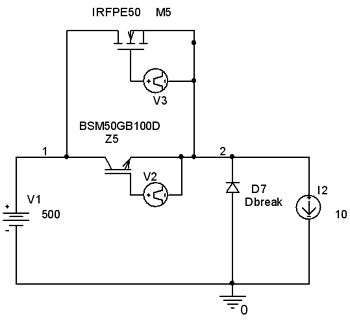MOSFET Soft Switching Techniques

⚠️ The Problem :
When MOSFETs switch on and off rapidly in high-frequency circuits like power converters or inverters, they generate heat and EMI (electromagnetic interference) due to hard switching—that is, switching when both voltage and current are high. This leads to energy loss and shorter component life.
✅ The Solution :
Enter soft switching techniques like Zero Voltage Switching (ZVS) and Zero Current Switching (ZCS). These methods time the switching when either voltage or current is nearly zero, greatly reducing heat and EMI. For basic designs, adding a gate resistor, snubber circuit, or an inductor-capacitor (LC) resonant network can achieve a soft switching effect.
🧰 Practical Example :
Imagine you’re building a DIY DC-DC boost converter for a battery charging setup. Without soft switching, your MOSFET heats up quickly. By adding a 10Ω gate resistor and a 100nF snubber capacitor, switching losses reduce significantly—your circuit runs cooler and more efficiently.
📐 Sample Calculation :
For a gate resistor:
Rise time = 3 × R × C
If gate capacitance is 500pF and R = 10Ω:
t = 3 × 10 × 500e-12 = 15ns
This softens the turn-on without slowing the switching too much.
🛒 Product Recommendation :
Use Made in India components to boost performance and reduce EMI:
[Gate Resistors and Snubber Kits]
🛍️ Shop now at SmartXProKits.in
🇮🇳 Support our work and India’s innovation—buy from our Make in India site!



















